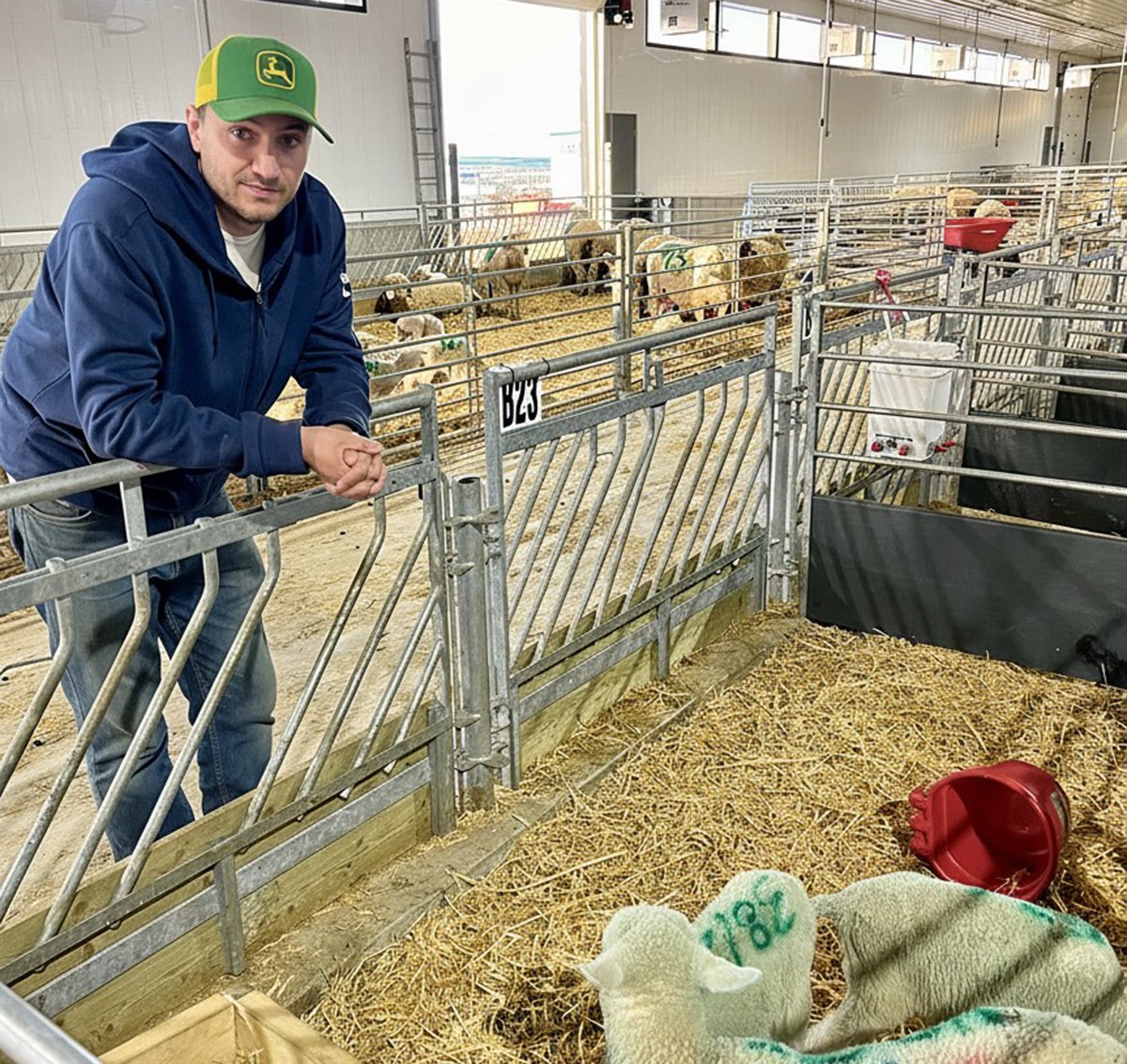With all the terms in the beef industry such as organic, natural, hormone free, sustainable, producers are bound to be confused, even those trying to raise cattle to fit into these programs.
Most branded or niche programs are trying to differentiate themselves from the traditional ways of producing beef.
If you are interested, get the details of the specific branded program you are thinking about and learn the necessary extra work in the form of record keeping that is necessary. Once you know that and potential production losses that may be inherent in such a program, determine the premium you need to stay in that market.
Read Also

Solar, sheep provide valuable farm diversification
Eric Steeves says raising sheep on forages grown under solar panels provided economic stability and perhaps even saved his family’s fifth generation southern Alberta grain farm.
These programs create extra input costs. There can be higher returns, but it is key that producers understand the expected net profit at the end of the day.
Some more rigid programs are antibiotic free. If you are part of this program and antibiotics are used, the calf that receives the treatment is out of the program. All medical treatments whether prophylactic, metaphylactic or actual medical cases are usually considered the same.
These programs eliminate all antibiotics in feed, as well as metaphylactic treatments we see given for instance to high-risk cattle entering the feedlot.
There are meat withdrawals established for these products that producers adhere to, so producers that use antibiotic treatments still produce safe products. The antibiotic free programs cater to public perceptions that antibiotic use is undesirable.
Technically, all raised beef is free of antibiotics if proper withdrawals are recognized. The antibiotic free requirement follows through to the packer so if any medication is given, that calf is pulled out of the program. When a calf drops out of an antibiotic free program, it is marketed as a normal calf.
Animal welfare needs are ad-dressed in these programs and procedures like painkillers at castration are often called for. These also have a withdrawal time that must be adhered to.
My worry is that antibiotics could be held off for a day or two to see if the calf recovers from a problem and that results in more deaths or chronic cases. Only the individual producer would know if that has happened.
Some programs insist on a preconditioning program that means weaning a minimum period of time (30-60 days is common).
This has benefits in the feedlot because calves on a good vaccination program that have been weaned for that length of time are much less likely to get sick.
Also by waiting for 60 days or longer, calves are gaining well so it results in more pounds at selling time. Shrink is minimized on transport.
Branded programs also can bring bigger benefits at transport because most often calves are shipped directly to their final destination, minimizing extra transport costs and the stress placed on the animals when they are put through an auction market.
In the old days, the best returns for cow-calf operators was generally to wean early right off the cow with no vaccines or input costs incurred.
From a health, stress and shrink aspect this is the worst thing you could do to this young calf. These calves were considered by most veterinarians’ standards high risk to ultra high risk depending on their weight and distance transported.
Now there are electrolyte solutions, which when given before shipping, can reduce stress even more.
Programs that offer “no added hormones” primarily refer to no im-planting and must be looked at from an economic standpoint. Every time a male calf is implanted after castration or a heifer calf is implanted, there are extra gains. All implants have a zero withdrawal for slaughter so are safe.
Calves can receive implants up to three to four times up until slaughter. It depends on how young calves are implanted and how big they are fed to.
The branded programs have helped in raising awareness of producer management and specific vaccination programs implemented. However, the no added hormone programs have seen losses in productivity.
Every time an implant is not given, pounds of gain are lost. This is fine as long as the selling price in these no added hormones programs compensates for the lower weights of the calves.
Some say that by not implanting, you need an extra 20 percent return to make up the net difference that implants give you.
These niche markets can offer higher prices, but I worry that rules will continue to become more stringent until they reach a point at which they are no longer sustainable.
There are pros and cons to each of the branded type programs out there. They all help to raise the profile of beef and increase markets.
The future will tell how sustainable they are in the long term and whether there is a need to change them to reflect the best needs of the cattle while still getting producers the returns they deserve.














